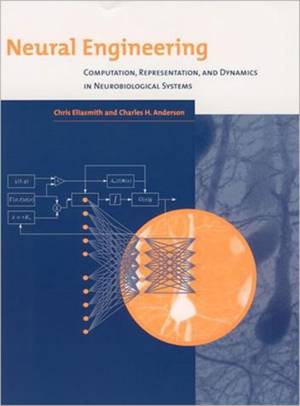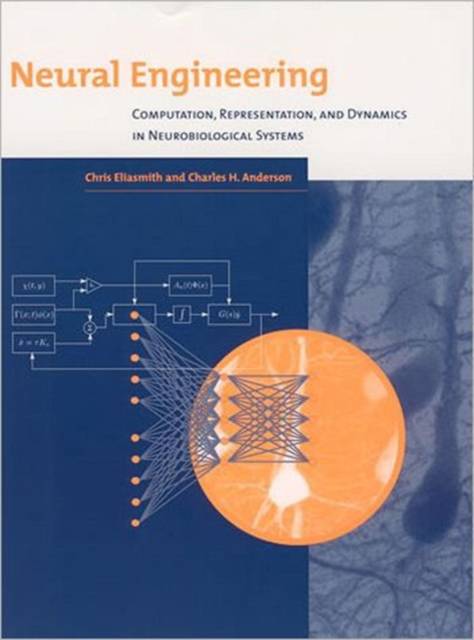
- Retrait gratuit dans votre magasin Club
- 7.000.000 titres dans notre catalogue
- Payer en toute sécurité
- Toujours un magasin près de chez vous
- Retrait gratuit dans votre magasin Club
- 7.000.0000 titres dans notre catalogue
- Payer en toute sécurité
- Toujours un magasin près de chez vous
Neural Engineering
Computation, Representation, and Dynamics in Neurobiological Systems
Chris Eliasmith, Charles H AndersonDescription
For years, researchers have used the theoretical tools of engineering to understand neural systems, but much of this work has been conducted in relative isolation. In Neural Engineering, Chris Eliasmith and Charles Anderson provide a synthesis of the disparate approaches current in computational neuroscience, incorporating ideas from neural coding, neural computation, physiology, communications theory, control theory, dynamics, and probability theory. This synthesis, they argue, enables novel theoretical and practical insights into the functioning of neural systems. Such insights are pertinent to experimental and computational neuroscientists and to engineers, physicists, and computer scientists interested in how their quantitative tools relate to the brain.
The authors present three principles of neural engineering based on the representation of signals by neural ensembles, transformations of these representations through neuronal coupling weights, and the integration of control theory and neural dynamics. Through detailed examples and in-depth discussion, they make the case that these guiding principles constitute a useful theory for generating large-scale models of neurobiological function. A software package written in MatLab for use with their methodology, as well as examples, course notes, exercises, documentation, and other material, are available on the Web.
Spécifications
Parties prenantes
- Auteur(s) :
- Editeur:
Contenu
- Nombre de pages :
- 356
- Langue:
- Anglais
- Collection :
Caractéristiques
- EAN:
- 9780262550604
- Date de parution :
- 20-08-04
- Format:
- Livre broché
- Format numérique:
- Trade paperback (VS)
- Dimensions :
- 167 mm x 217 mm
- Poids :
- 553 g

Les avis
Nous publions uniquement les avis qui respectent les conditions requises. Consultez nos conditions pour les avis.






